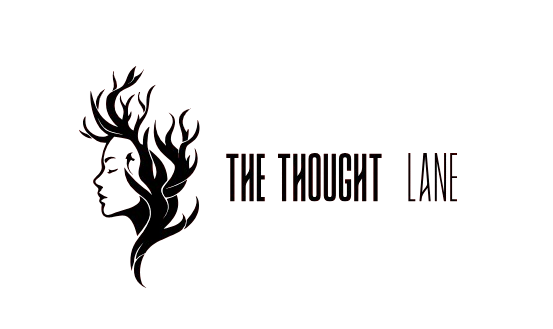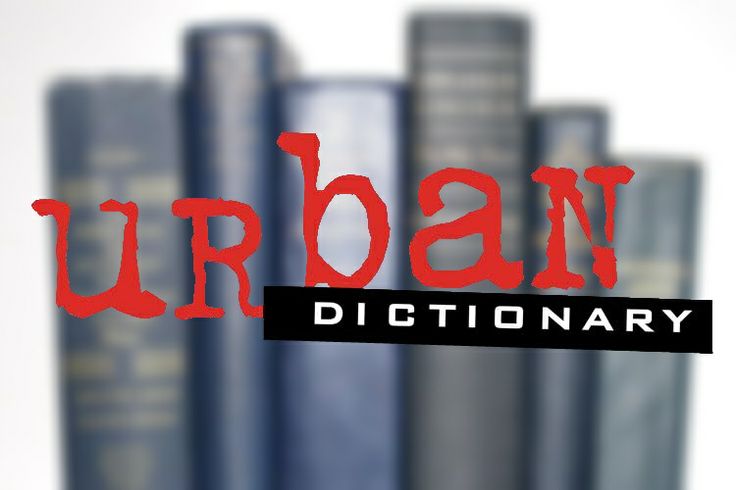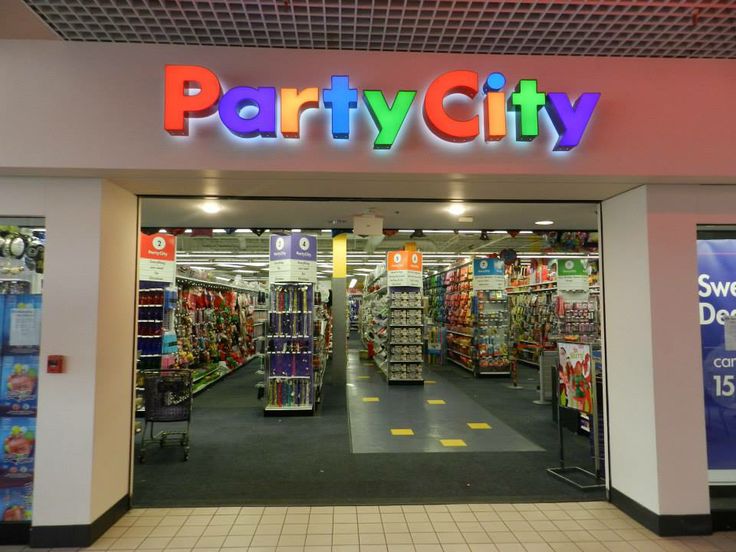The Russia war has escalated dramatically in 2025, with new fronts, strategic maneuvers, and growing international tensions. As the world watches Moscow’s actions with bated breath, this prolonged conflict continues to redefine modern warfare, diplomacy, and the global balance of power.
From the streets of eastern Ukraine to the halls of the United Nations, the Russia war is more than a regional skirmish—it’s a complex, evolving crisis with worldwide implications. In this comprehensive piece, we delve deep into every angle of the Russia war as it stands today.
Russia War: The Current Battlefield Overview
By June 2025, the Russia war has reached a critical point. Despite over three years of brutal fighting, Russia shows no sign of retreat. Instead, its tactics have become more calculated, using hybrid warfare, disinformation, and cyber offensives.
- Frontline battles: Fierce combat continues in Donetsk, Kharkiv, and Odesa.
- Drone warfare: Russia has massively ramped up its drone use for surveillance and precision strikes.
- Naval conflict: The Black Sea has become a hot zone, with Ukrainian drone boats targeting Russian frigates.
This escalation signifies a shift in Russian military doctrine—a move from fast offensives to attritional grinding and psychological warfare.
Russia War Strategy: A Brutal Shift Toward Attrition
The Kremlin’s evolving military strategy in the Russia war has surprised both analysts and foreign intelligence. Gone are the days of lightning strikes. Instead, Russia is now wearing down Ukrainian resistance through:
- Continuous artillery bombardments
- Massive drone swarms targeting infrastructure
- Sabotage missions across Ukrainian borders
- Mobilization of up to 400,000 new troops
This war of attrition is designed to slowly dismantle Ukraine’s will to fight and break Western resolve.
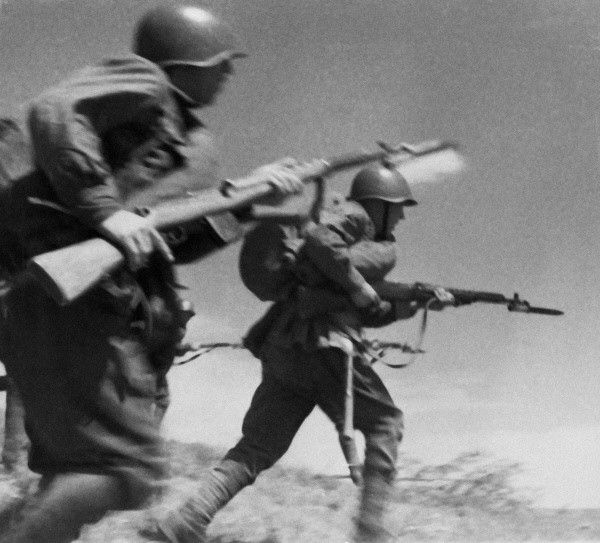
Russia War and Ukraine’s Resistance: The David vs. Goliath Struggle
Despite being outgunned and outmanned, Ukraine continues to resist with courage and innovation. Thanks to international aid and public support, Kyiv has mounted a formidable defense.
- Western military aid: F-16 fighter jets and long-range missiles from NATO members have enhanced Ukraine’s capabilities.
- Civilian resistance: Local populations are playing a key role in guerrilla warfare and intelligence sharing.
- Cyber warfare units: Ukraine’s tech-savvy forces are launching digital counterattacks on Russian systems.
This fight has become symbolic—a showdown between authoritarianism and democratic survival.
Global Reactions to the Russia War: Allies and Adversaries
The Russia war is not just a European issue anymore. Countries around the globe have taken sides or made strategic adjustments in response to Moscow’s aggression.
NATO:
The alliance has grown stronger and more unified. Sweden and Finland have formally joined, and NATO has placed thousands of troops in Eastern Europe.
China:
Beijing has walked a diplomatic tightrope. While officially neutral, it has deepened economic ties with Russia and allegedly supplied non-lethal aid.
India:
India continues balancing its historical ties with Russia and its growing alliance with the West. New Delhi’s neutral stance has drawn criticism from Western leaders.
Middle East & Africa:
Many countries have leaned toward Russia due to anti-Western sentiments and energy deals.
Russia War Propaganda: Controlling the Narrative
Control of information is a critical weapon in the Russia war. Russia has weaponized media through disinformation, censorship, and psychological tactics.
- State media: Channels like RT (Russia Today) continue pushing Kremlin-approved narratives.
- Fake news bots: Social media is flooded with AI-generated content aiming to confuse global audiences.
- Censorship: Inside Russia, independent journalism has been crushed. New laws penalize even calling it a “war.”
The goal is clear: to maintain domestic support while destabilizing foreign resolve.
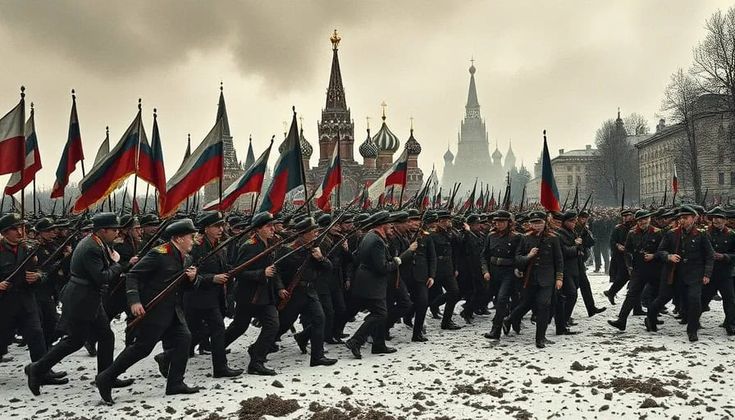
Russia War Economy: Sanctions vs. Survival
The Western world has imposed unprecedented sanctions on Russia since the invasion. However, the Russia war economy has adapted in striking ways:
- Trade rerouting: Russia now trades primarily with China, India, and Middle Eastern nations.
- Energy weaponization: Moscow cuts off gas to Europe during peak winter, using energy as leverage.
- Rubles and gold: Russia has moved away from USD and Euro, favoring ruble-based and gold-backed transactions.
- Domestic resilience: With a shift toward self-reliance, the Kremlin has nationalized key industries.
While sanctions hurt, they haven’t crippled Russia—yet.
Russia War Crimes and Humanitarian Crisis
The Russia war has left a trail of destruction, including documented war crimes and an ongoing humanitarian catastrophe:
- Civilian casualties: Thousands of innocent civilians have been killed in indiscriminate attacks.
- Mass graves: Satellite images confirm mass graves in areas once held by Russian troops.
- Refugees: Over 10 million people have fled Ukraine since 2022.
- Torture and kidnapping: Allegations against Russian forces include forced deportations and child abductions.
The International Criminal Court has issued fresh indictments against Russian commanders and possibly higher officials in 2025.
Russia War and Nuclear Fears: Is the Threat Real?
Nuclear rhetoric from Russia has intensified. Vladimir Putin and other officials have repeatedly mentioned “strategic deterrence” and readiness to use tactical nukes. https://www.themoscowtimes.com/2025/06/20/between-two-fires-kremlins-loss-of-leverage-exposed-by-israel-iran-conflict-a89521
In 2025, NATO is taking the threat seriously:
- U.S. nuclear forces are on high alert
- Poland is hosting tactical nukes
- Russia moved Iskander-M missiles near Kaliningrad
The threat of nuclear escalation keeps the entire world on edge, even if most experts believe actual use remains unlikely—unless Russia faces existential defeat.
Russia War Diplomacy: Peace Talks or Endless Conflict?
Despite the bloodshed, whispers of peace occasionally emerge. However, major hurdles remain:
- Ukraine demands full Russian withdrawal
- Russia wants Ukraine demilitarized and neutral
- Western allies refuse to pressure Ukraine into concessions
In 2025, a China-brokered peace summit was held in Istanbul—but collapsed after just two days. Trust is nearly non-existent, and both sides seem determined to win outright.
Russia War Technology: The Digital Battlefield
This isn’t just a ground war—it’s a cyber and tech battlefield. The Russia war has accelerated military innovations:
- AI-driven targeting systems used by both sides.
- Satellite imagery warfare: Commercial satellites like Starlink play a key role.
- Cyberattacks on power grids, hospitals, and financial institutions.
- Hacking collectives like Anonymous and Killnet participate in cyber chaos.
Technology has turned this into a 21st-century war unlike any before.

Russia War and Putin’s Political Gamble
At the center of it all stands Vladimir Putin. For the Kremlin, this is more than territory—it’s legacy. But domestically, cracks are starting to show:
- Elite dissatisfaction: Some oligarchs privately express concerns.
- Youth protests: Despite heavy crackdowns, university students are risking jail to protest.
- Military deserters: Increasing numbers of Russian soldiers are abandoning the frontlines.
Yet, the Kremlin remains ironclad, relying on censorship, fear, and propaganda to retain control.
Russia War Allies: Who Stands with Putin?
While most Western countries oppose the invasion, a handful of nations quietly or openly support Russia:
- North Korea: Provides artillery shells and missile components.
- Iran: Supplies drones in exchange for military technologies.
- Belarus: Acts as a launching pad for Russian operations.
- Syria and Venezuela: Offer vocal political support.
These alliances are transactional, driven by mutual opposition to the Western-led global order.
Russia War: The West’s Fatigue and Internal Politics
Western nations, especially in Europe and North America, are showing signs of Ukraine fatigue:
- Elections shifting priorities: Some political parties question continued aid.
- Rising costs: Inflation and economic strain challenge support for Ukraine.
- Disinformation campaigns are weakening public unity.
However, leaders like Biden, Scholz, and Sunak continue reaffirming NATO solidarity and arms deliveries.
Russia War in 2025: The Path Forward
So what happens next? Experts offer three possible scenarios:
- Stalemate continues: Frontlines stay largely static, with grinding warfare.
- Escalation: Russia may launch a major new offensive or even attack a NATO member.
- Negotiated settlement: Highly unlikely without dramatic change in leadership or battlefield outcomes.
No matter the outcome, the Russia war has already changed the world.
Final Thoughts: Russia War and the New World Order
The Russia war is far from over—but its consequences are already rewriting history. What began as a territorial invasion has morphed into a defining global conflict between authoritarianism and democracy, East and West, survival and domination.
As citizens of the world, we must remain informed, empathetic, and engaged. The fight may be in Eastern Europe, but its shockwaves touch every corner of our planet.
